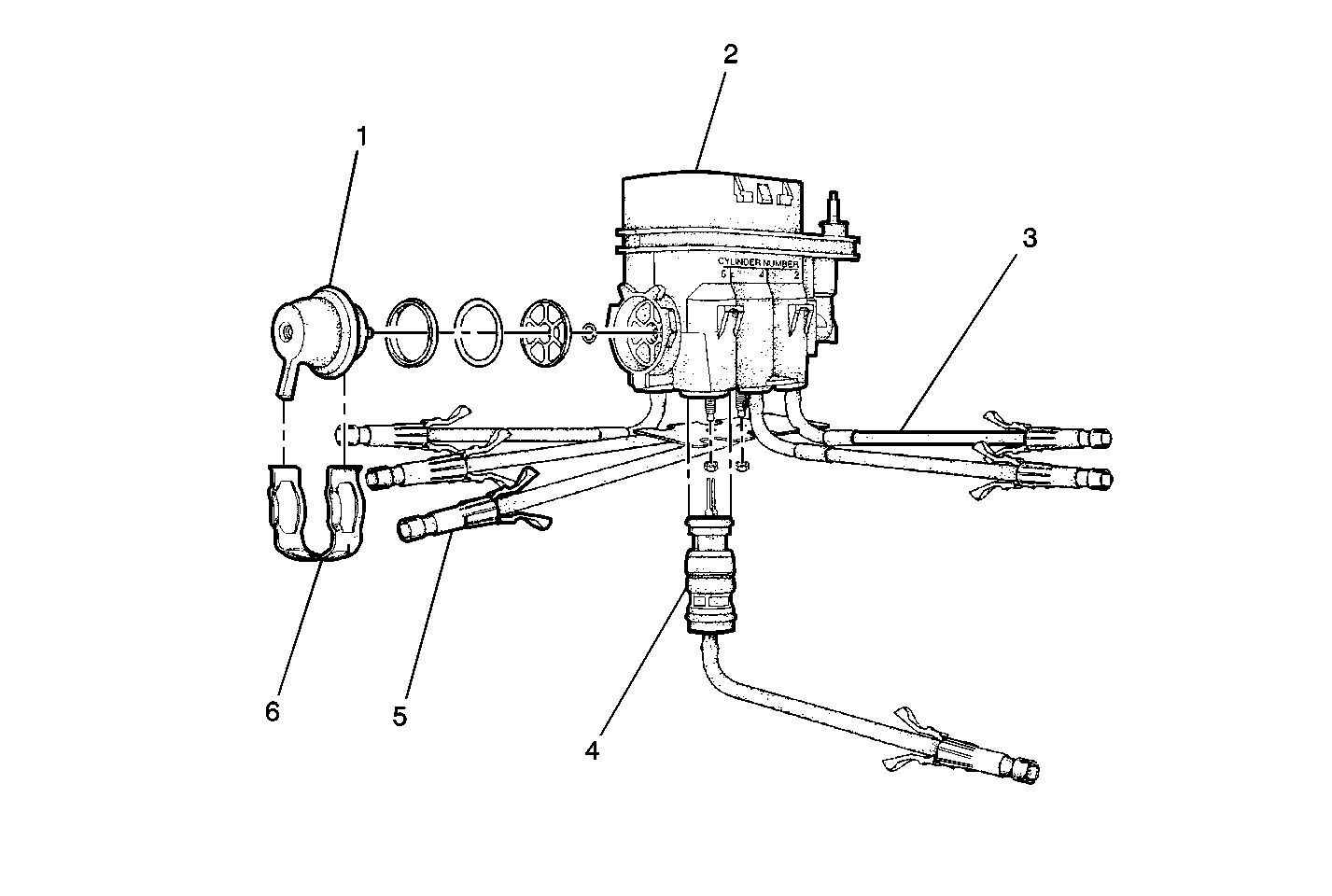The function of the fuel metering system is to deliver the correct amount
of fuel to the engine under all operating conditions.
Fuel is delivered to the engine by individual fuel injectors and poppet
nozzles mounted in the intake manifold near each cylinder.
The fuel supply is stored in the fuel tank. An electric fuel pump, located
in the fuel tank with the gauge sending unit, pumps fuel through an in-line
fuel filter to the fuel meter body assembly.
The pump provides fuel at a pressure greater than is needed by the injectors.
The fuel pressure regulator, part of the fuel meter body assembly, keeps the
fuel to the injectors at a regulated pressure. The unused fuel is returned
to the fuel tank via a separate line.
When the ignition switch is turned to the ON position (before engaging
the starter), the VCM energizes the fuel pump relay for 2 seconds causing
the fuel pump to pressurize the fuel system. If the VCM does not receive the
ignition reference pulses (engine cranking or running) within 2 seconds,
the control module shuts off the fuel pump relay, causing the fuel pump to
stop.
As a backup system to the fuel pump relay, the fuel pump oil pressure
switch can energize the fuel pump. The switch has 2 internal circuits. One
circuit operates the oil pressure indicator or gage in the instrument cluster.
The other circuit is a normally open switch which closes when the oil pressure
reaches about 28 kPa (4 psi). If the fuel pump relay fails,
the fuel pump oil pressure switch runs the fuel pump.
An inoperative fuel pump relay can result in long cranking times, particularly
if the engine is cold. The fuel pump oil pressure switch energizes the fuel
pump as soon as oil pressure reaches about 28 kPa (4 psi).

